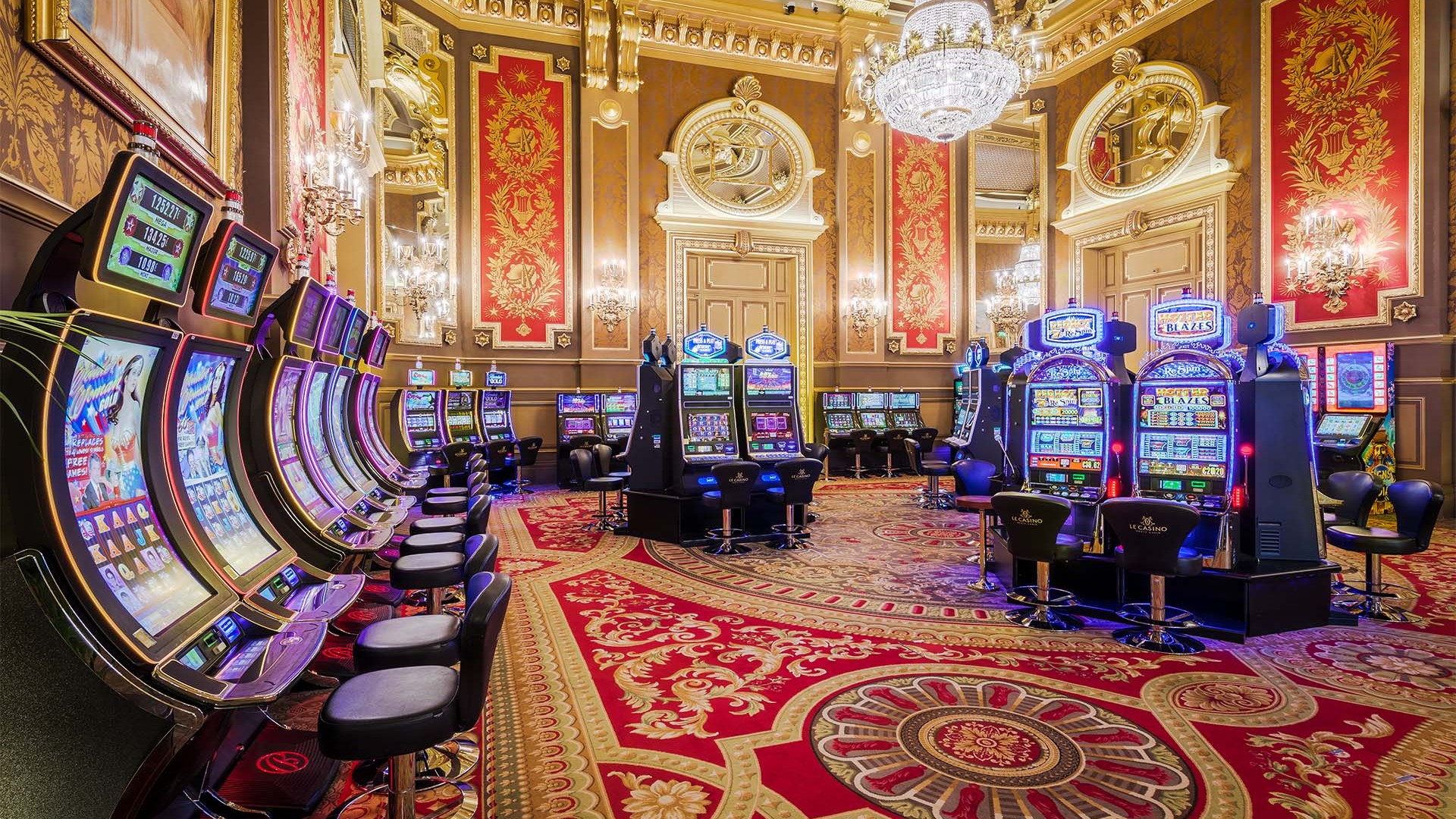
The realm of casino entertainment has long fascinated participants with its blend of excitement, tactics, and the excitement of chance. As technology advances and the gambling landscape changes, an innovative approach known as game mechanics has started to transform the way we experience these iconic activities. By including game-like elements such as challenges, prizes, and monitoring advancement, gamification raises player engagement and changes the traditional casino atmosphere into a more lively and immersive environment.
This approach in casino games not only attracts to seasoned gamblers but also invites a fresh group of players who crave a more engaging adventure. Featuring elements that promote involvement and build community among participants, the gamified features infuse fresh energy into cherished favorites like poker, 21, and fruit machines. As we dig deeper into this phenomenon, we will explore how gamification is redefining the casino atmosphere, making it more accessible, enjoyable, and beneficial for all involved.
Grasping Game Mechanics
Game mechanics refers to the application of game-like aspects in real-world contexts to boost user engagement and interaction. In the realm of gambling, this concept has achieved notable traction, transforming conventional gaming into a more dynamic and rewarding experience. By including features such as scores, tiers, and rewards, casinos can create an atmosphere that motivates players to engage more frequently and for extended durations.
At the heart of this concept is the want to leverage the intrinsic motivations of players. Gaming experiences that employ gamification methods are shaped to not only entertain but also to foster rivalry and achievement. Players are often drawn to the instant feedback and advancement monitoring that these features provide. This not only maintains them involved but also nurtures a notion of accomplishment as they attain goals and unlock new aspects.
Furthermore, gamification can improve community interaction among players, cultivating a community atmosphere that enhances the pleasure of casino games. Features such as ranking systems, team challenges, and collaborative tasks allow players to connect with others, share stories, and compete in a good-natured manner. This social aspect adds another dimension to the experience, making it even more captivating and enjoyable for players.
Influence on Player Interaction
Game design techniques in gaming establishments have significantly transformed the way users connect with their beloved pastimes. By adding aspects such as incentives, leaderboards, and achievement badges, gaming platforms create an setting that encourages a stronger relationship between users and the experiences they love. This enhanced engagement contributes to prolonged gaming periods and heightened player dedication, as gamers endeavor to unlock new levels or obtain exclusive rewards.
Additionally, the interactive feature of game-based casino games cannot be dismissed. Many platforms allow users to compete against friends or fellow players, which adds a level of excitement and community. This contest drives engagement by appealing into users’ drive to compete, encouraging them to revisit for extra in order to enhance their position or display their accomplishments. tiga37 As a result, the connections between players foster a spirit of togetherness that encourages users to play again.
Additionally, the instant feedback and acknowledgment provided by game elements serve to motivate players. Whether a notification of a recent accomplishment or the joy of earning a bonus, these instant rewards play a essential role in maintaining interest. By constantly rewarding users for their actions, casino games become not only a hobby; they transform into an interactive experience that entices users and improves their overall experience.
Trends in Casino Game Design
The landscape of gambling game design is continuously evolving, driven by technological advancements and changing player preferences. One notable trend is the integration of interactive technologies, such as VR reality and AR reality, to enhance the gaming experience. Such technologies create a more captivating environment, enabling players to perceive as though they are in a real casino, which can lead to prolonged play sessions and increased player satisfaction.
Another trend is the inclusion of narrative elements into casino games. Game designers are focusing on narratives to create a deeper connection between the player and the game. This narrative-driven approach not only makes the games more enjoyable but also encourages players to engage emotionally, which can enhance their complete experience. By combining traditional gaming mechanics with captivating stories, developers are attracting a wider audience who may not have before engaged with casino games.
Finally, the growth of multiplayer features is reshaping how players interact with casino games. Many games now incorporate social elements, such as sharing achievements or competing with friends, to promote community and engagement. This trend reflects a shift towards a more interactive experience, where players can connect with others, sharing their enthusiasm and challenges. As casinos adapt to these social dynamics, the experience of gaming becomes not just about solo play, but also about building connections among players.
